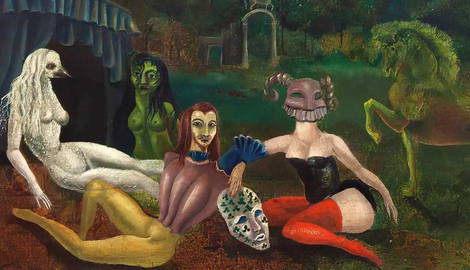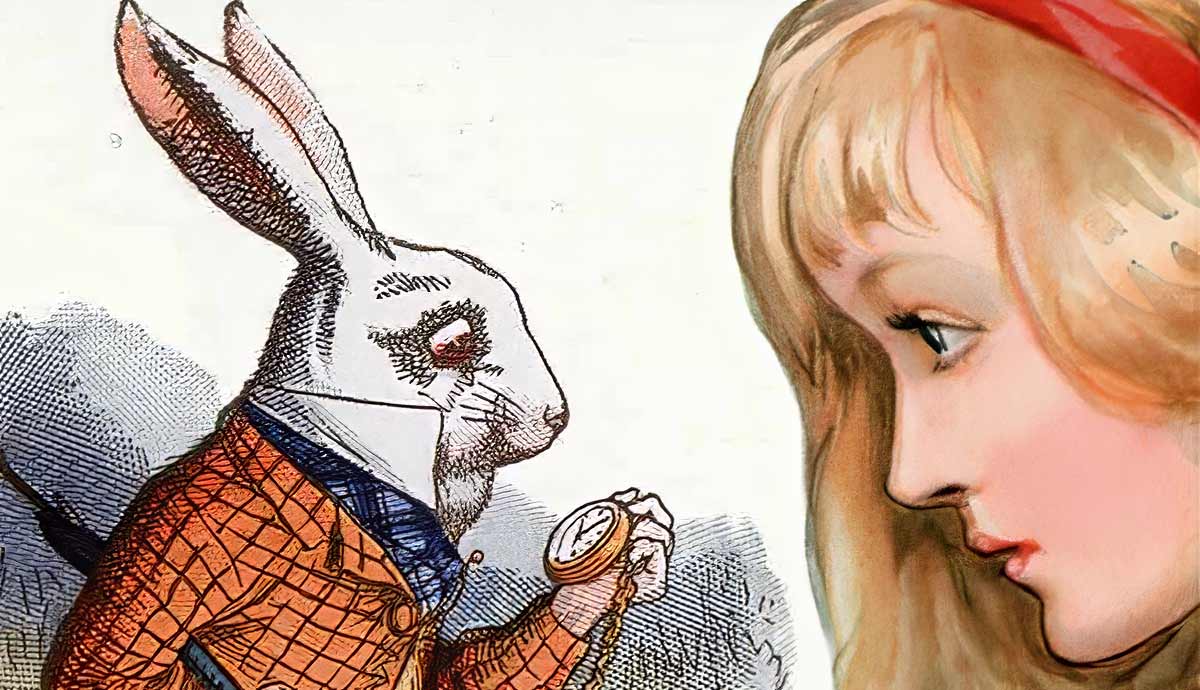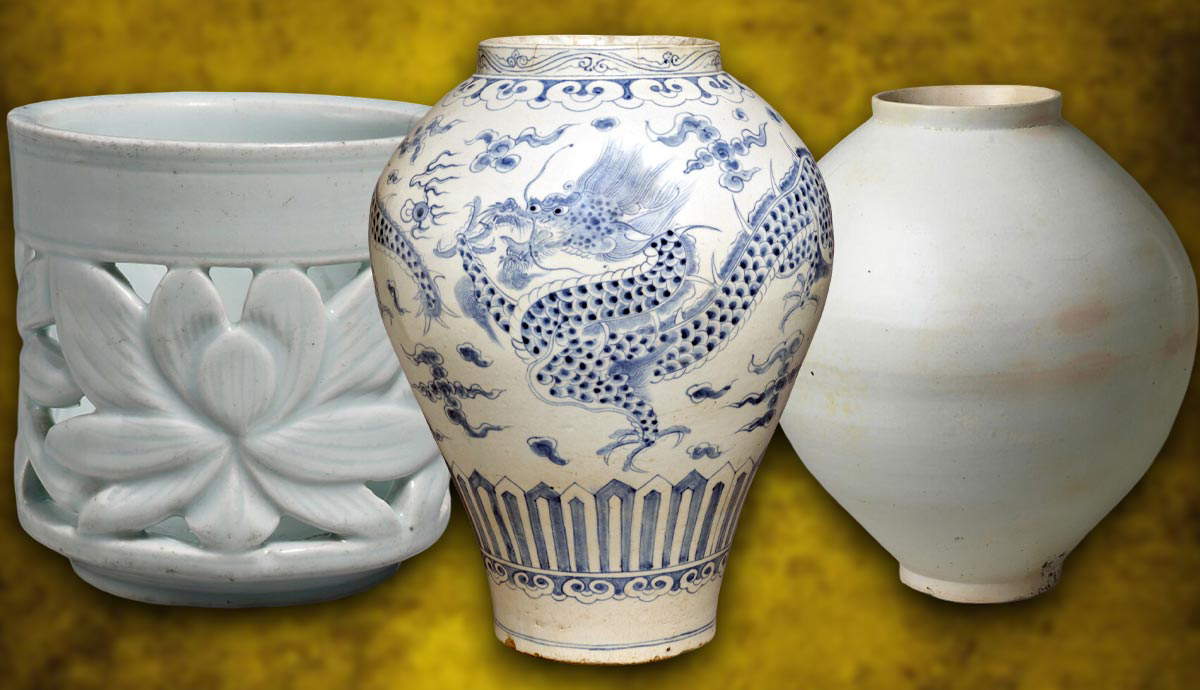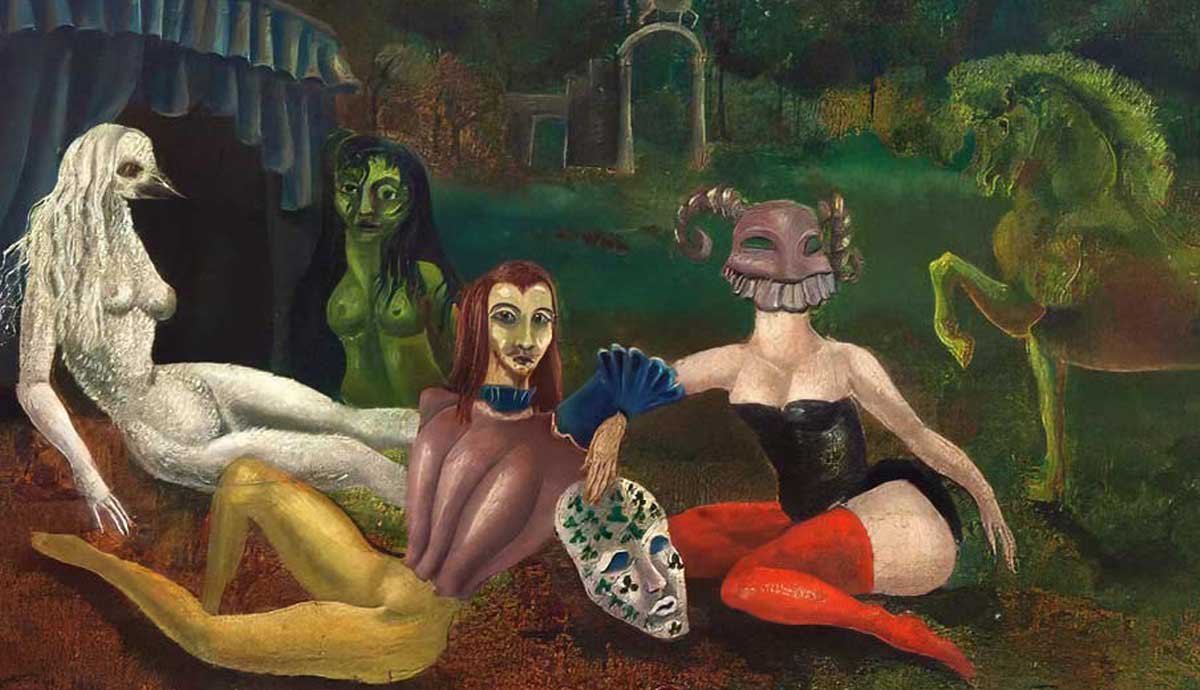
The episodic, dreamlike structure of Lewis Carroll’s original books has made the character of Alice a prime focus for surrealists and feminists. By using Alice as an avatar, artists have explored unconscious logic, challenged fixed gender norms, and celebrated narrative fragmentation. From Dalí’s 1969 illustrations and Leonora Carrington’s symbolic female figures to Angela Carter’s feminist prose, Alice continues to morph across mediums as an enduring icon of identity and imaginative defiance.
How Surrealist Artists Reimagined Alice’s Journey Through Wonderland
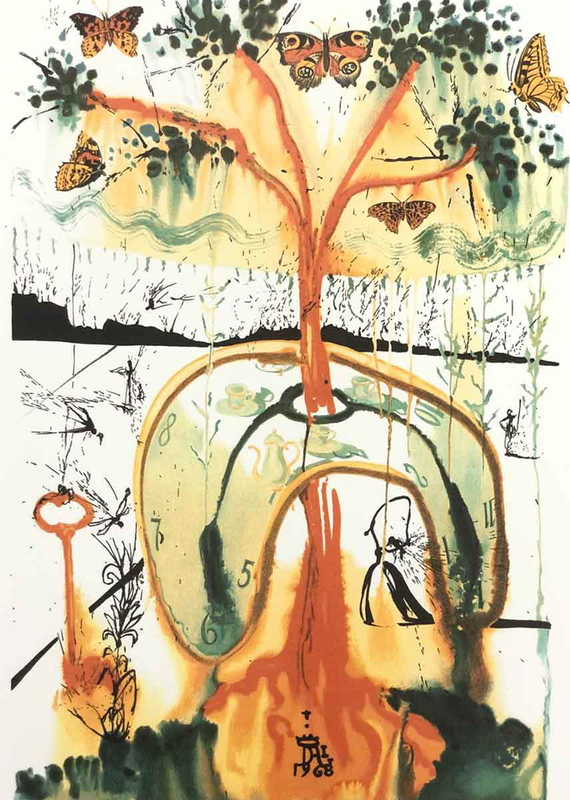
Salvador Dalí’s 1969 illustrations infused Wonderland with melting clocks and dreamlike distortions, while Leonora Carrington’s paintings (inspired by Dali) echoed Alice’s surreal logic through symbolic, otherworldly female figures. Max Ernst (who returned to the subject of Alice repeatedly) created collages which mirrored Carroll’s fragmented structure.
The inventive and haunting stop-motion film by Jan Švankmajer stripped away whimsy to expose the unsettling subconscious beneath Alice’s journey using taxidermy and animal skeletons alongside scraps of fabric to create an uncanny atmosphere. In contrast, the seemingly joyful polka-dot installations by Yayoi Kusama transformed Wonderland into a space of obsessive repetition and feminine interiority.
How Alice’s Character Challenges Traditional Notions of Femininity
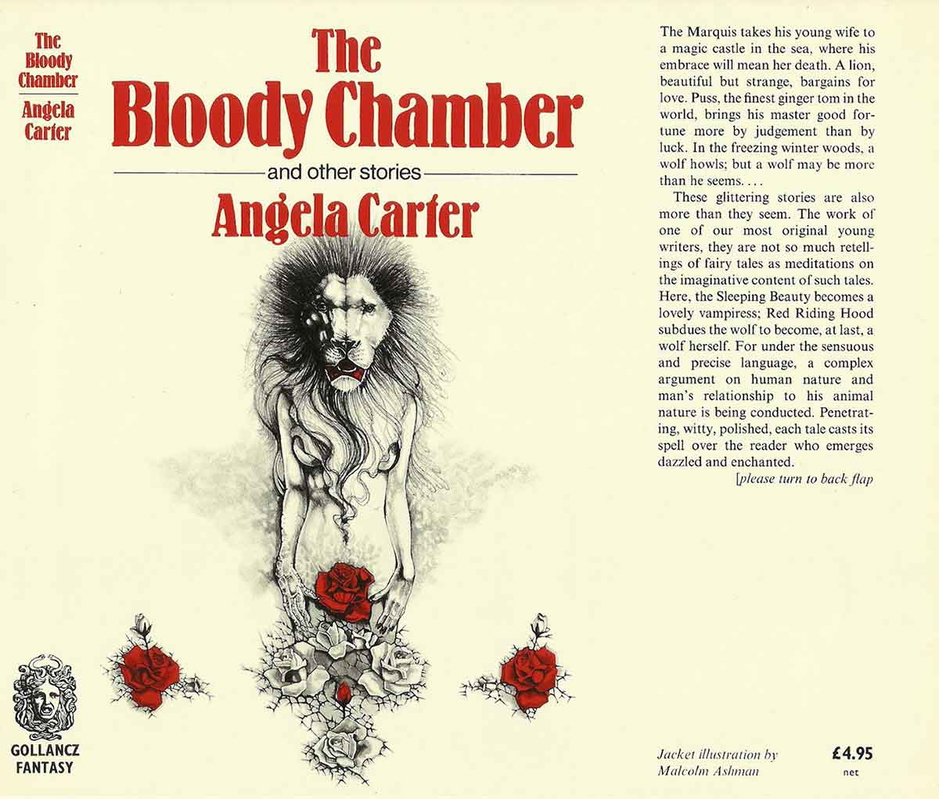
Alice’s refusal to fit the obedient, demure ideal of womanhood appears in many modern retellings. In Tim Burton’s 2010 film, Alice rejects an arranged marriage and slays the Jabberwock to prove her courage, and in Frank Beddor’s The Looking Glass Wars 2004 she becomes a warrior princess leading an uprising against patriarchal villains. Angela Carter’s ‘Wolf-Alice’ from The Bloody Chamber, transforms the character into a feral heroine whose shapeshifting instincts defy societal constraints. In American McGee’s, dark fantasy video game Alice she descends into a dark wonderland to reclaim her mind and assert her sanity, and in the TV series Once Upon a Time she uses cleverness and grit to break free of magical oppression.
How Visual and Literary Adaptations of Alice Reflect Shifting Cultural Ideologies

John Tenniel’s iconic 1865 engravings and Harry Furniss’s 1871 detailed illustrations made the Alice novels appealing to young readers. However, as Freudian and Jungian ideas took hold, surrealists such as Leonora Carrington, and Salvador Dalí transformed wonderland into an allegory of subconscious anxieties providing fertile ground for an adult audience to rediscover the stories. Later, mid-century feminist and social-psychological advances recast Alice as a symbol of resistance against rigid gender norms.
From Disney’s landmark 1951 cartoon, which Walt Disney saw as a way to bring escapism to postwar audiences, to Jeff Noon’s 1996 urban fantasy Automated Alice, each artistic and literary reinterpretation reflects its era’s evolving insights into mind, identity, and society.
Why Alice’s Narrative Structure Is So Appealing to Feminist and Postmodern Critics
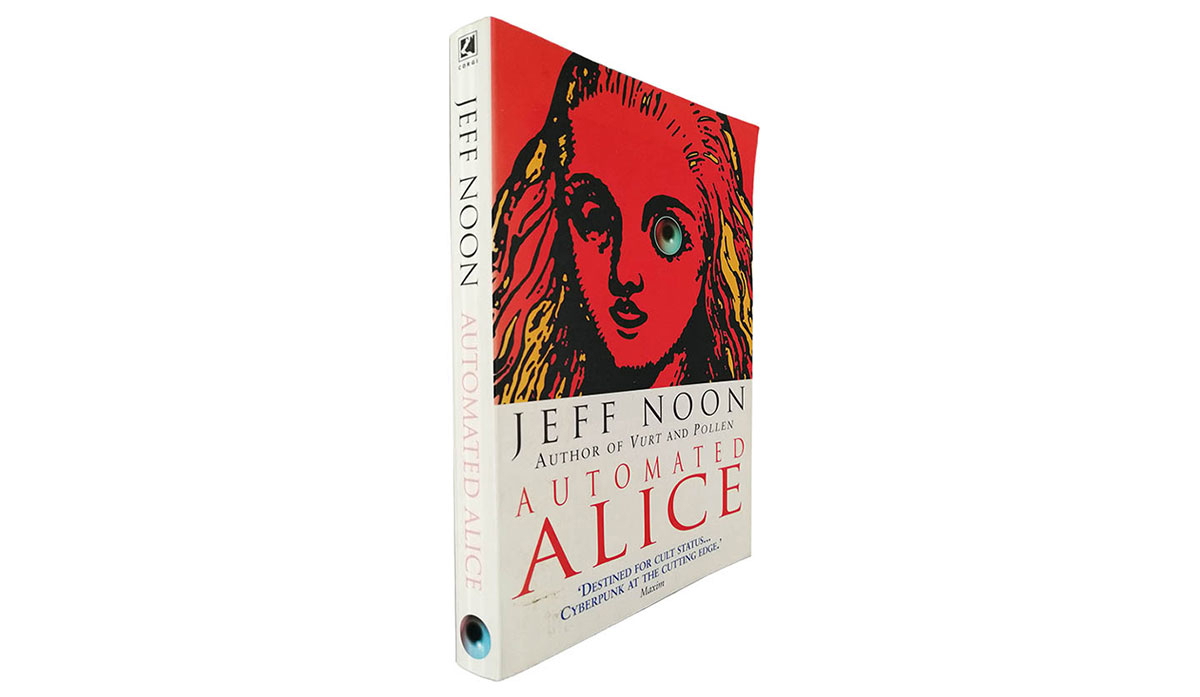
Postmodern critics praise its playful defiance of straightforward storytelling, while feminist writers use that fragmentation to question fixed identities. American McGee’s 2000 video game adaptation casts wonderland as a warped psyche confronting trauma and agency, and Jeff Noon’s 1996 Automated Alice, set in a futuristic Manchester, distorts Carroll’s chronology to probe digital selves. By refusing neat resolution, Alice’s story remains fertile ground for challenging patriarchal beliefs and one-size-fits-all narratives.
What Makes Alice a Persistent Icon in the Exploration of Identity and Imagination
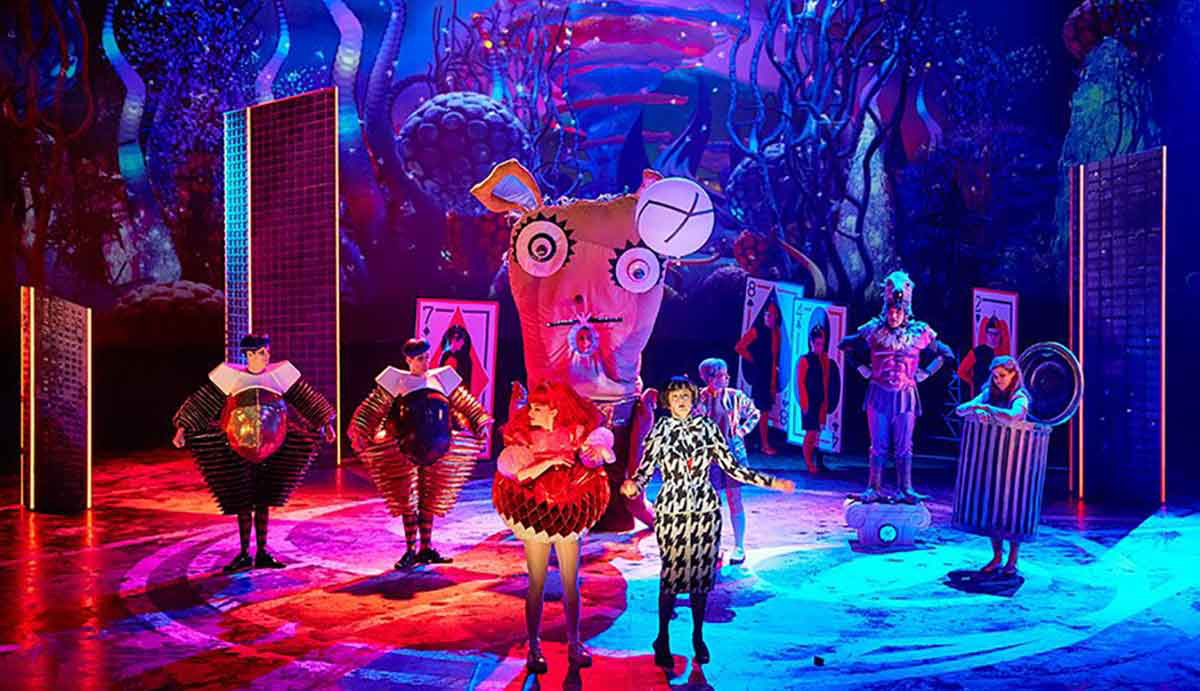
Alice’s ever-changing form invites artists to probe selfhood through diverse visual media. Barry Moser’s intricate 1982 wood engravings present wonderland in gothic detail, blurring whimsy and menace to question inner boundaries. The National Theatre’s musical Wonder.land thrusts Alice into digital dilemmas on a multimedia stage, exploring online identity through live performance. Anna Hellsgård and Christian Gfeller’s Mirror Machine installation turns viewers into living Alices, fracturing reflections to examine fragmented selves. These visual and performative reinventions ensure Alice remains a dynamic mirror for identity and imagination.
